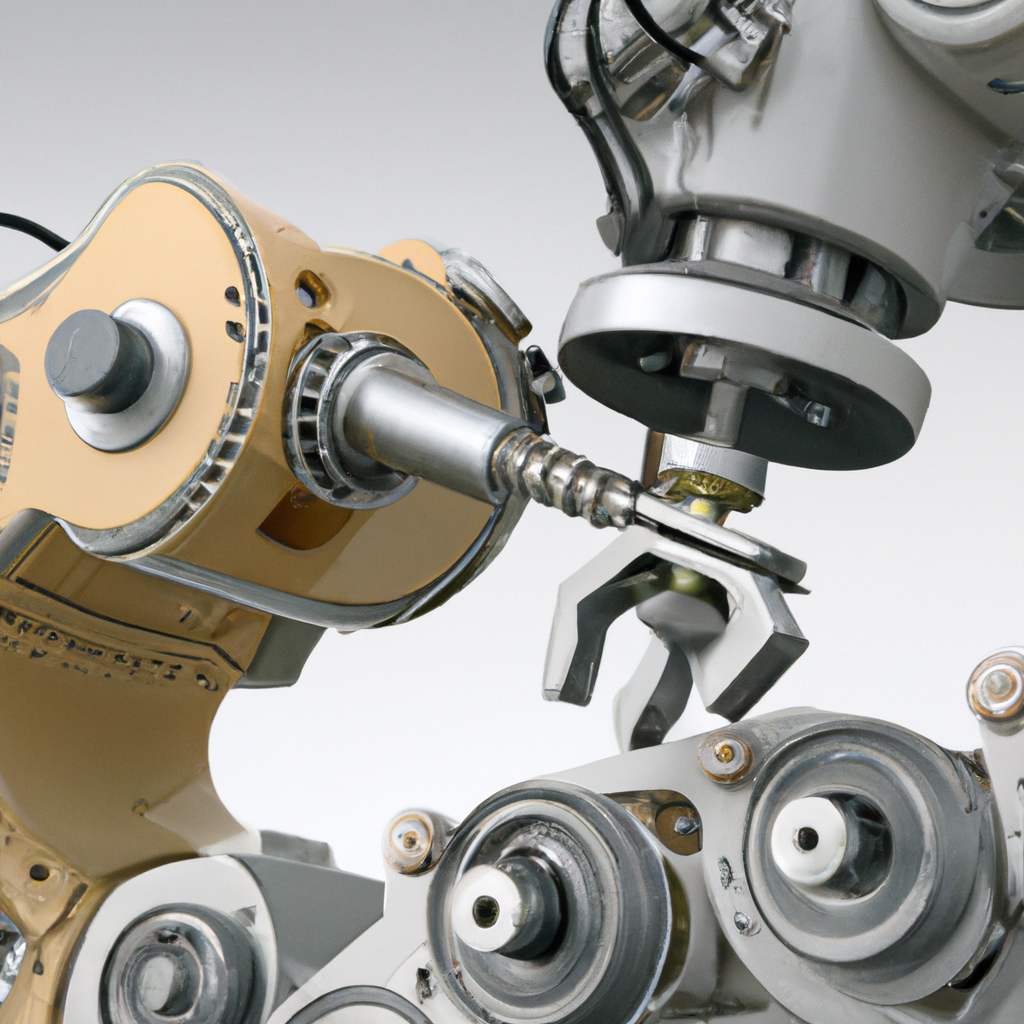Original article: http://bair.berkeley.edu/blog/2023/07/14/ddpo/
*AI wrote this content and created the featured image; if you want AI to create content for your website, get in touch.
Title: Maximising Rewards with Denoising Diffusion Policy Optimization in Training AI Models
Introduction:
Undoubtedly, diffusion models have revolutionised AI realms, showcasing exceptional capabilities in generating intricate, high-dimensional outputs. From producing captivating AI art to aiding in drug design and continuous control tasks, diffusion models have shone brightly. However, a recent shift towards training diffusion models using reinforcement learning (RL) has opened new avenues for enhancing their performance towards specific objectives. In this post, let’s explore the innovative approach of Denoising Diffusion Policy Optimization (DDPO) and its application in training diffusion models directly on downstream objectives using RL techniques.
Training Diffusion Models with Reinforcement Learning
Traditionally, diffusion models have been trained through maximum likelihood estimation to match training data. However, the focus has gradually shifted towards training on downstream objectives directly, such as image compressibility, aesthetic quality, and prompt-image alignment. By fine-tuning Stable Diffusion on varied objectives like human-perceived aesthetic quality and image compressibility, DDPO demonstrates the power of utilising RL in enhancing diffusion model capabilities.
Denoising Diffusion Policy Optimization (DDPO) Framework
By reframing the diffusion process as a multi-step Markov decision process, DDPO offers a breakthrough approach in maximising rewards by considering the entire sequence of denoising steps. This strategic shift allows for enhanced performance through the exact likelihood estimation of each denoising step, aligning well with RL algorithms designed for multi-step MDPs. DDPO’s variants, DDPOSF and DDPOIS, leverage policy gradient algorithms efficiently, with DDPOIS emerging as the optimal performer resembling proximal policy optimization (PPO).
Implications of DDPO Implementation
With the fine-tuning of Stable Diffusion using DDPOIS on various tasks like compressibility, aesthetic quality, and prompt-image alignment, DDPO showcases exceptional generalization ability. Surprisingly, DDPO’s training with RL rewards leads to unexpected generalization in text-to-image diffusion models, proving its adaptability and robustness in unseen scenarios and novel combinations.
Challenges and Future Directions
Although DDPO exhibits remarkable performance in enhancing diffusion models, challenges like reward overoptimization and susceptibility to typographic attacks remain prevalent. Preventing reward overoptimization and exploring early prevention strategies emerge as key areas for future exploration in RL training methodologies like DDPO. The exploration of DDPO in diverse domains beyond text-to-image generation also presents exciting prospects for advancing AI applications.
Conclusion
In conclusion, DDPO stands as a promising approach to elevate diffusion models beyond conventional pattern-matching constraints. Through the “pretrain + finetune” paradigm inspired by language model finetuning, DDPO opens pathways for heightened creativity and effectiveness in generating complex AI outputs. As researchers and AI enthusiasts delve deeper into the potentials of DDPO and RL in AI training, the horizon of possibilities widens for applications spanning video generation, music synthesis, and beyond.
For further details and insights on Training Diffusion Models with Reinforcement Learning, refer to the [original paper] by Kevin Black, Michael Janner, Yilun Du, Ilya Kostrikov, and Sergey Levine.
Remember, the journey of innovation in AI is limitless. Embrace the power of DDPO and witness the transformative impact it can bring to the realm of AI training methodologies.



